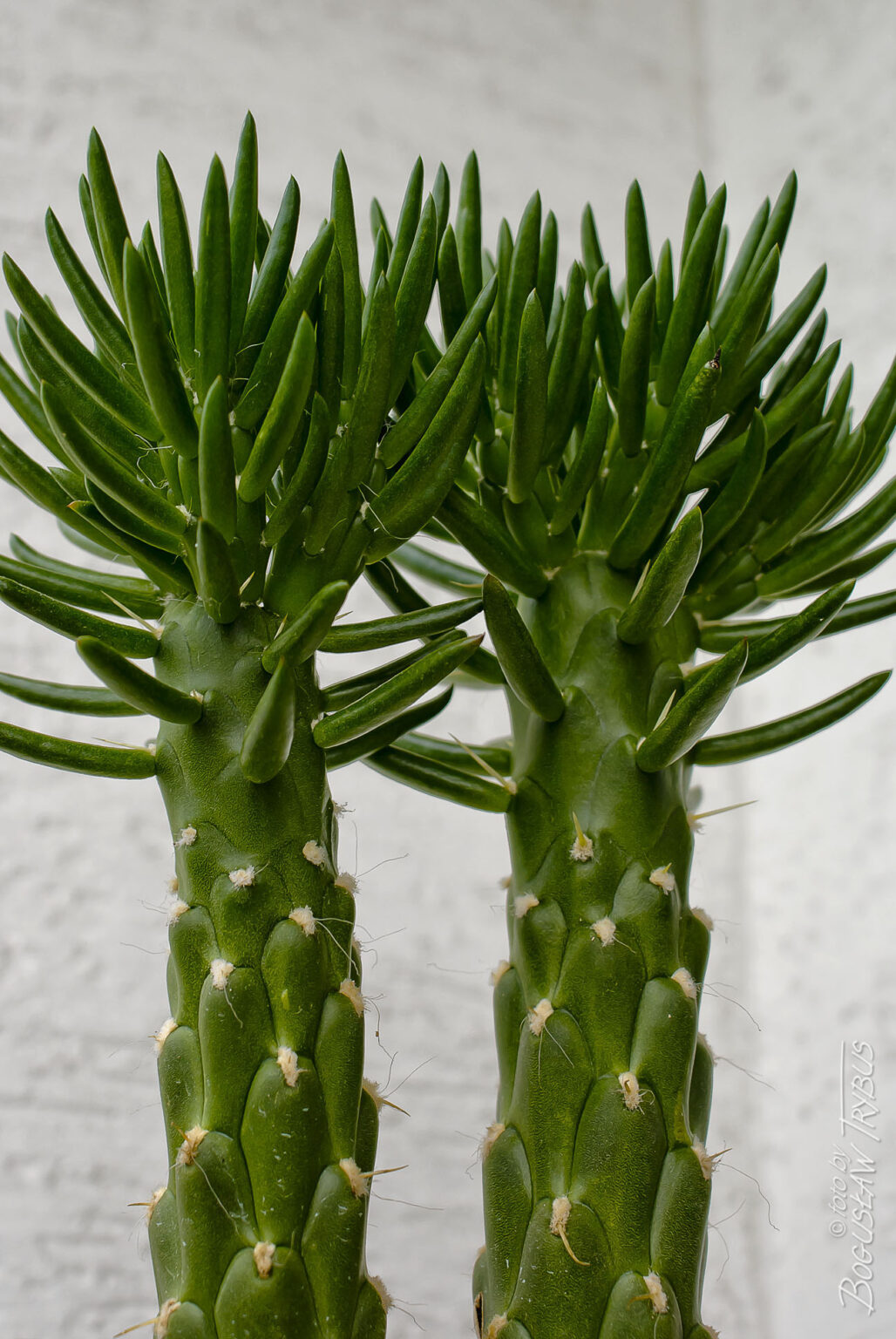There exists a unique allure to the Austrocylindropuntia genus that captivates both novice botany enthusiasts and seasoned horticulturists alike. Within this captivating family of plants, commonly known as pencil cacti, lies an astonishing diversity and an intricate web of ecological relationships. This guide will navigate through the fascinating world of Austrocylindropuntia, elucidating its characteristics, cultivation practices, habitat diversity, and its cultural significance.
The aesthetic appeal and intriguing adaptability of Austrocylindropuntia plants are noteworthy. The elongated, cylindrical stems give these cacti a striking architectural presence in gardens, making them a preferred choice for xeriscaping or low-water landscaping. But it is not solely their appearance that draws the eye; it is also their resilience, which reveals deeper ecological narratives about survival in arid climates. Understanding the underlying factors of this genus provides invaluable insight not only into their beauty but their integral role in their native habitats.
As we delve deeper, it becomes apparent that the Austrocylindropuntia species are not merely a visual feast, but rather a testament to the evolutionary prowess that allows flora to thrive amidst adversity.
Characteristics of Austrocylindropuntia
The Austrocylindropuntia genus encompasses a variety of species, each with distinct features. Typically characterized by their segmented, columnar stems and a growth habit resembling that of a pencil, these cacti range in height, with some species achieving notable vertical growth. The spines can vary significantly, appearing as either prominent needle-like structures or almost inconspicuous bristles, depending on the specific species and environmental conditions.
One of the hallmark traits of Austrocylindropuntia is its ability to exhibit a remarkable degree of adaptability. In regions where climes fluctuate between extremes of aridity and occasional heavy rainfall, these cacti can flourish. They display a unique physiological mechanism known as “CAM photosynthesis” (Crassulacean Acid Metabolism), which allows them to open their stomata at night rather than during the heat of the day, thus minimizing water loss and maximizing photosynthetic efficiency.
Moreover, an intriguing aspect of Austrocylindropuntia species is their affinity for flowering. The inflorescences can be dazzling, blooming in vibrant hues of yellow, orange, or red. The flowers often attract a variety of pollinators, engendering a symbiotic relationship that reinforces the species’ survival. Such relationships underscore the interconnectedness of ecosystems, reminding us that every organism, no matter how seemingly inconsequential, plays a role in maintaining ecological balance.
Cultivation Practices
For those inclined to cultivate Austrocylindropuntia species, several specific practices can enhance their success. First and foremost, it is critically important to understand their requirements concerning soil composition, light exposure, and watering regimens.
Austrocylindropuntia thrive in well-draining soil enriched with sand or perlite. Such media mimic their natural habitat, where soil drainage is crucial in preventing root rot. When potting these cacti, consider using a container with ample drainage holes to facilitate this essential requirement.
Light is another significant factor influencing the health of Austrocylindropuntia. They flourish under bright, direct sunlight, typically favoring at least six hours of sunlight each day. In home settings, placing them near southeast or southwest-facing windows can provide ideal lighting conditions. However, caution is warranted during extreme temperature fluctuations or prolonged heatwaves, which can scorch their delicate surfaces.
Watering should be approached with strategic caution. During the growing season (typically spring and summer), a moderate watering schedule is advisable, allowing the soil to dry completely between waterings. In contrast, during the dormant winter months, watering should be considerably reduced, as over-watering can lead to devastating consequences.
An added dimension to cultivating Austrocylindropuntia relates to their unique reproductive strategies. Some species may produce offsets or pups, which can be separated and potted as new individual plants. This vegetative propagation not only expands your collection but also serves as an engaging activity for novice gardeners.
Ecological Importance of Austrocylindropuntia
Austrocylindropuntia cacti, like many desert flora, hold significant ecological weight. They are integral components of their native ecosystems, often forming critical habitats for a myriad of desert wildlife. The flowers provide essential nectar for bees, insects, and birds, while the solid, succulent stems serve as a food source and water reservoir for various herbivores.
In addition to their role in supporting biodiversity, these plants contribute to soil stabilization in their arid environments. Through their root systems, they help prevent soil erosion, enhancing the habitat around them for both flora and fauna. The role of Austrocylindropuntia in mitigating the effects of climate change in desert ecosystems cannot be understated, as they enhance the resilience of the ecosystem in the face of increasing disturbances.
Beyond ecological interactions, Austrocylindropuntia also holds cultural significance in many regions. In traditional practices, some species have been utilized for their medicinal properties, while others are woven into the fabric of local arts and crafts. They embody the spirit of the arid landscapes they inhabit, fortifying a connection between human culture and the environment.
Challenges and Conservation Efforts
Despite their remarkable adaptability and resilience, Austrocylindropuntia species are not impervious to the threats posed by environmental changes and human activities. Urban development, climate change, and habitat destruction significantly impact their natural ranges. Additionally, invasive species can outcompete native flora, heightening the urgency of conservation measures.
A concerted effort is necessary to ensure the survival of Austrocylindropuntia. Conservationists advocate for the protection of their native habitats through sustainable practices and education initiatives, aiming to raise awareness about the importance of these resilient plants. Preservation of the natural areas, reducing water usage, and promoting biodiversity can collectively enhance their chances of survival in a rapidly changing world.
Conclusion
The allure of the Austrocylindropuntia genus lies not only in its captivating physical characteristics but also in its broader ecological ramifications and cultural significance. As awareness of the importance of sustainable gardening and conservation grows, Austrocylindropuntia stands as a formidable reminder of the intricate relationships within our ecosystems, highlighting the need to respect and protect the natural world. The pencil cactus species exemplifies resilience and beauty, encouraging ongoing exploration and appreciation of the remarkable diversity within the plant kingdom.

Leave a Comment